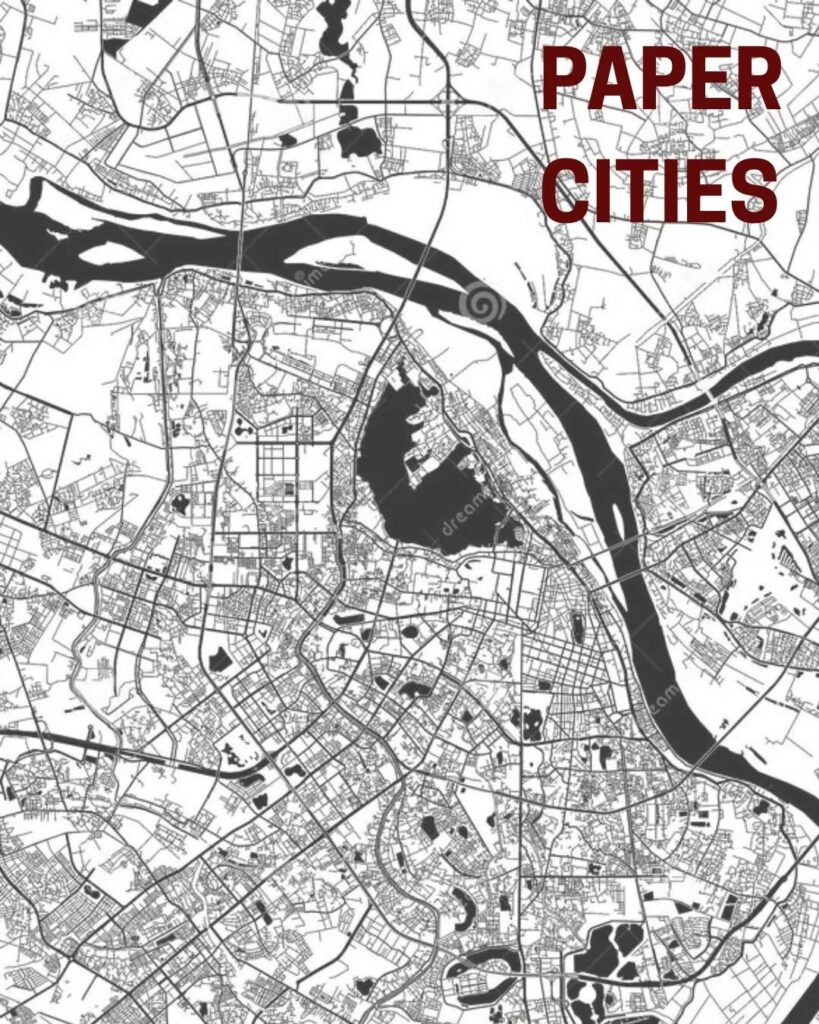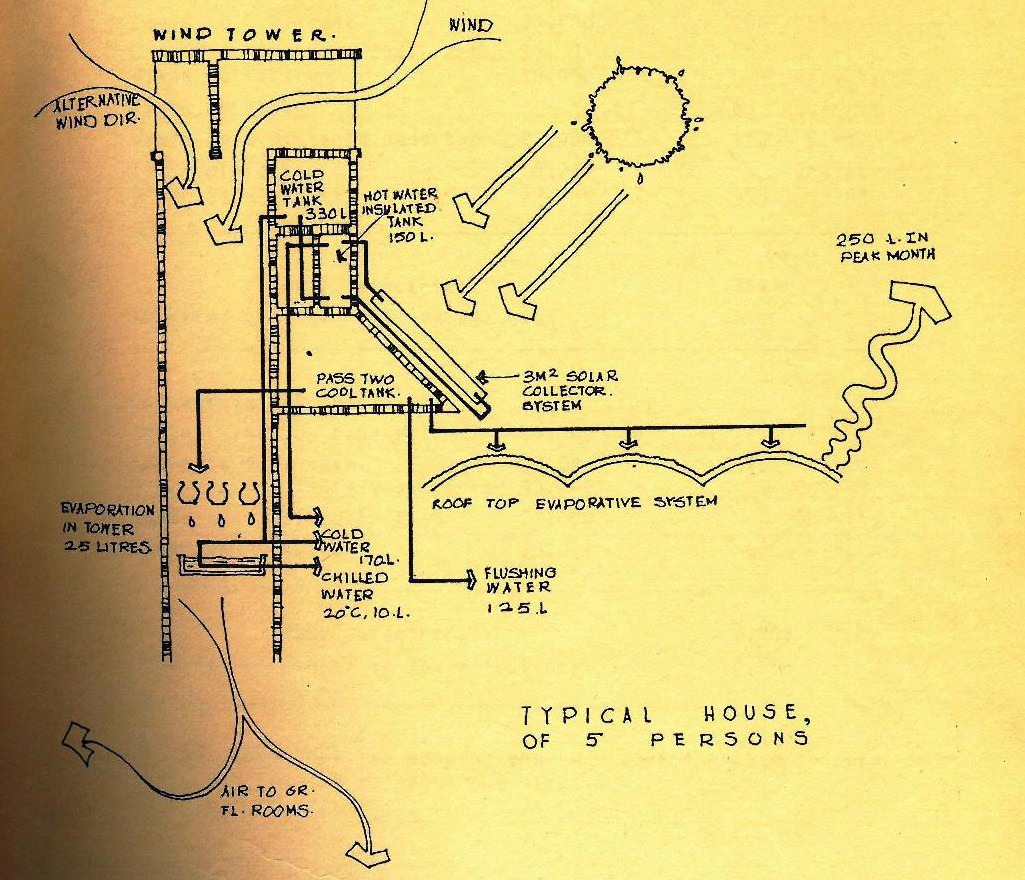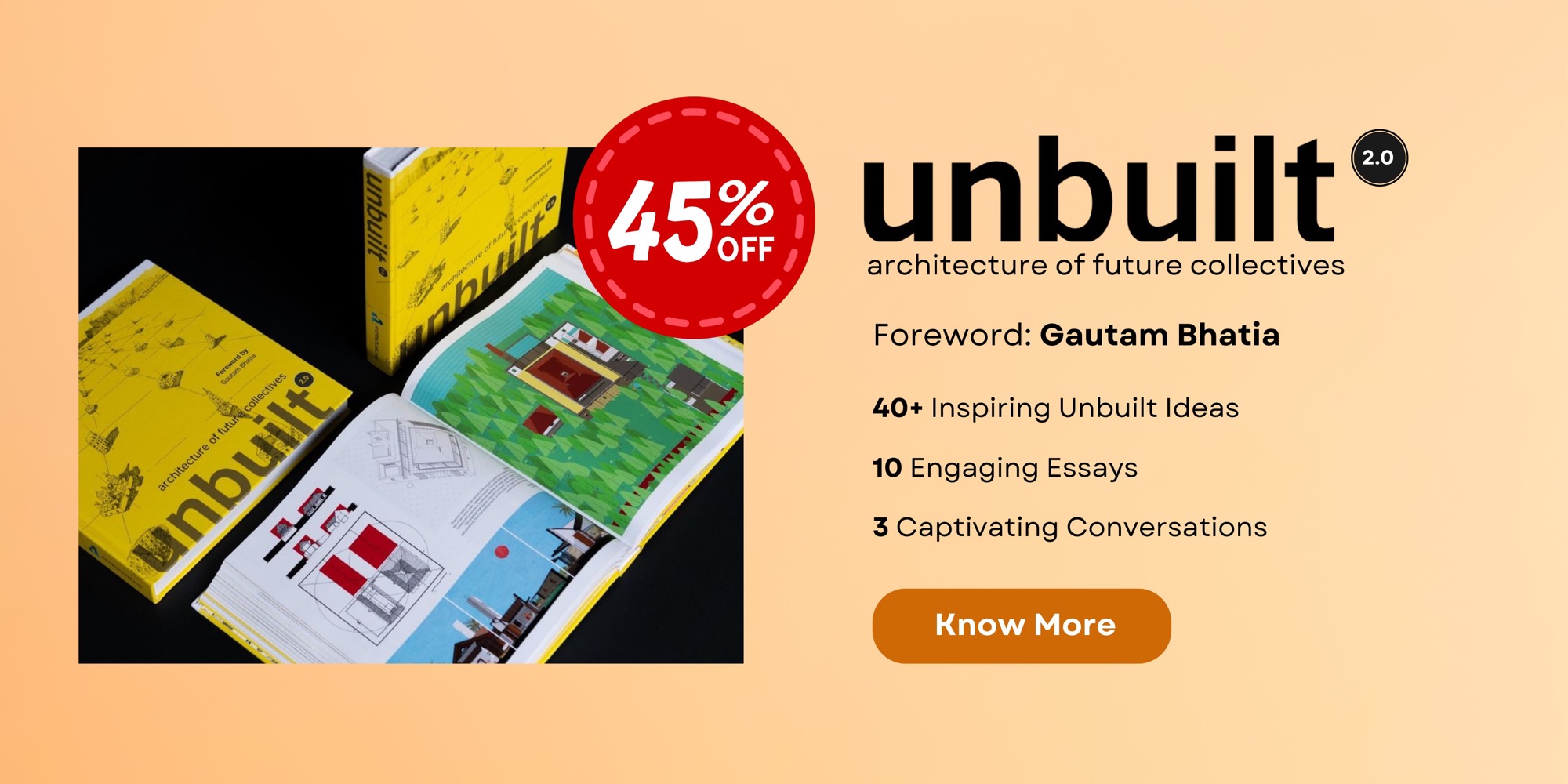Abstract
Architecture is frequently understood through the lens of what is realised, structures that rise to prominence and inhabit public spaces. However, an equally captivating narrative unfolds in the stories of projects that never materialise.
Paper Cities paper delves into the phenomenon of unbuilt and cancelled architectural endeavours not as mere setbacks or diversions, but as significant reflections of ambition, political contexts, economic transformations, and evolving cultural values. By examining a selection of case studies, including post-independence India’s architectural aspirations, unrealised visions from the global modernist movement, and aborted urban plans in contemporary cities like Bangalore, this paper argues that unbuilt architecture serves as a profound lens through which we can explore the hopes, anxieties, and contradictions of their respective eras. In doing so, it invites us to reconsider the narratives woven into our built environment and to recognise the stories that remain suspended in the realm of possibility.

Introduction: The Invisible Archive
Unbuilt architecture is often relegated to the margins of discourse, dismissed as impractical, unrealised, or, at worst, irrelevant. However, the blueprints that remain unexecuted are imbued with substantial potential for historical analysis. These unrealised projects reveal critical insights into the politics of funding, the fragility of visionary concepts, and the susceptibility of design to external influences.
This study reframes unbuilt projects not as mere architectural losses but as spatial imaginations captured in a moment of possibility.
They encourage reconsidering what can be learned from a stadium that never materialised, a museum that lost its financial support, or a housing plan that was abandoned due to municipal resistance.
Through this lens, the paper posits that these overlooked blueprints should be viewed as speculative histories, offering counter-narratives that challenge and enrich our understanding of the dominant built environment. By engaging with the stories behind these designs, we can unearth valuable lessons about the aspirations and constraints that shape architectural practice and urban development.
Ghosts in the Archive
In the field of architectural archives, there is a prevailing focus on the tangible outcomes of design, namely, photographs of completed structures, construction documentation, and post-occupancy reports. However, the narratives of the unbuilt often reside in overlooked portfolios, neglected filing cabinets, or as unrealised renderings. These “ghosts” of architecture are indispensable for a comprehensive understanding of the ideologies that shaped their time.
A critical examination of these unexecuted projects reveals significant insights into the aspirations of an era. For example, during the Nehruvian phase in India, a multitude of ambitious architectural visions were proposed under the banner of nation-building. Nonetheless, many of these grand designs never materialised. Investigating projects such as Charles Correa’s planned cultural campuses or B.V. Doshi’s unrealised civic buildings illuminates what India constructed and what it aspired to become.
These ghost projects encapsulate a narrative of utopian ambition juxtaposed with institutional hesitation. Through this lens, they offer a reflection on the complex negotiations with modernity that characterised the country at that time. In this light, understanding the unbuilt is as crucial as acknowledging the built; together, they weave a fuller narrative of architectural and ideological evolution.
The Politics of Cancellation
Projects are often cancelled for a myriad of reasons, including funding failures, political changes, public backlash, and legal disputes. However, each cancellation represents more than just an unfinished plan; it embodies a complex power struggle. The unbuilt spaces highlight moments when the architectural promise encounters the anxieties of its time.
For instance, the stalled plans for the Bangalore Peripheral Ring Road exemplify this phenomenon, as do the repeated failures to implement inclusive transit-oriented developments. It becomes evident that these setbacks stem not from technical difficulties but from underlying political conflicts. The struggle over whose vision of the city prevails, who is allowed to build, and who is marginalised in the process permeates every blueprint that remains unrealised.
Engaging with these project cancellations means examining the intricate choreography of influence among developers, politicians, planners, and citizens. These interactions reveal the dynamics of power and priority in urban development, underscoring the necessity of considering the social and political contexts in which architectural ambitions are pursued. In this light, the study of unbuilt architecture serves as an exploration of missed opportunities and a critical investigation into the values and priorities that shape our cities.
A City of Paused Possibilities
Bangalore’s urban narrative is intricately woven with the threads of unfinished infrastructure, half-constructed transit nodes, and abandoned social housing schemes. The tale of this city is punctuated by delayed civic centres and unfulfilled lake restoration initiatives, presenting an urban landscape that embodies both absence and presence. This exploration into the city’s infrastructure, undertaken through a comprehensive analysis of newspaper archives, Right to Information (RTI) documents, and the oral histories of urban planners, unveils an intricate framework of broken promises.
An examination of these stalled projects provides a deeper understanding of how Bangalore’s urban fabric is continuously sculpted, not only by the initiatives that have come to fruition but also by those that have faltered. These include blueprints that have been rolled back, budgets that have been denied, and critical conversations that have been abruptly halted. By documenting these elements, we gain valuable insights into the complex forces that shape urban spaces, illustrating that the evolution of cities is often defined as much by the decisions that are not made as by those that are implemented.
Authorship and Value
Unbuilt work in architecture often prompts critical reflections on the concept of value within the field. Traditionally, worth has been associated primarily with tangible outcomes, structures that stand as physical manifestations of design. However, this view raises pertinent questions regarding the status of intellectual labour, speculative design, and research-driven proposals that, despite their potential, remain unfunded and unconstructed.
These inquiries are particularly pressing for a new generation of architects and researchers, especially within the Global South, where access to resources is frequently limited, and visibility is disproportionately linked to realised construction projects. In this context, the act of archiving unbuilt work serves as a vital means of honouring the processes and thought that precede physical artefacts.
By documenting these unmaterialized ideas, we shift the conversation away from the phenomenon of “star-chitecture”, focusing on high-profile, celebrity architects and their iconic buildings, towards a more nuanced understanding that values slow, deliberate forms of inquiry and contribution. This reframing encourages a recognition of the diverse intellectual efforts that enrich the architectural discourse, irrespective of their ultimate manifestation in built form.
A Methodology for the Unbuilt
Researching unbuilt projects necessitates a comprehensive multidisciplinary approach that integrates various forms of documentation and community insights. Architectural archives cannot be examined in isolation; they must be analysed alongside municipal records, planning documents, oral testimonies, and cultural memory. For instance, a cancelled housing project may continue to resonate within the collective memory of a community that faced displacement in anticipation of its development. Similarly, an unbuilt public park can linger in the collective consciousness, echoed in protest movements or legal petitions advocating for community rights and green spaces.
For independent researchers venturing into this complex landscape, the task requires patience and access to diverse sources and a deep sensitivity to the narratives and histories that might be intertwined with these unbuilt visions. Employing methods such as visual mapping, speculative drawing, and timeline reconstructions can aid in the revival of these layered narratives, allowing researchers to capture the intricate stories behind projects that were never realised. Through such approaches, we can better understand the implications of unbuilt spaces and their enduring impact on communities.
Conclusion: The Futures We Almost Had
Documenting unbuilt architecture transcends mere celebration of successful design, inviting a more nuanced exploration of architectural history. This endeavour delves into human aspiration, systemic failure, institutional contradictions, and the inherent risks of creativity. The blueprints that record what never materialised are not simply remnants of missed opportunities but potent reminders of what could still emerge through thoughtful re-examination and imaginative reinterpretation.
By revisiting these forgotten visions, we begin to reclaim narratives that the dominant discourses of progress have marginalised. This process allows us to construct a more comprehensive and textured account of architecture’s role within society.
In doing so, we acknowledge the complexities and failures of the past and open the door to potential futures, enriching our understanding of the built environment and the collective hopes and dreams embedded within it. Thus, the study of unbuilt architecture becomes an essential chapter in the broader narrative of architectural discourse, inviting us to explore the intersection of design with the complexities of human experience.
References and Sources:
- Correa, Charles. A Place in the Shade: The New Landscape & Other Essays.
- Lang, Jon, Desai, Madhavi, and Desai, Miki. Architecture and Independence: The Search for Identity – India 1880 to 1980.
- Doshi, B.V. Paths Uncharted.
- RTI responses on infrastructure projects in Bangalore (BBMP, BDA)
- Interviews with urban planners and retired PWD officers (2023–2024, personal archives)
- Bangalore Mirror and Deccan Herald archives (2000–2023)
- Urban Design Research Institute (UDRI) reports and conference proceedings






